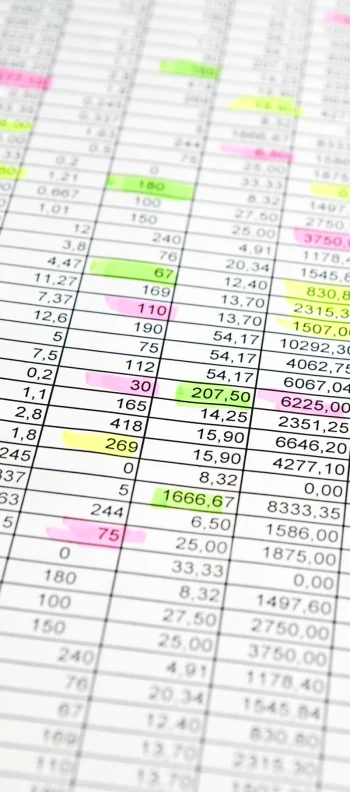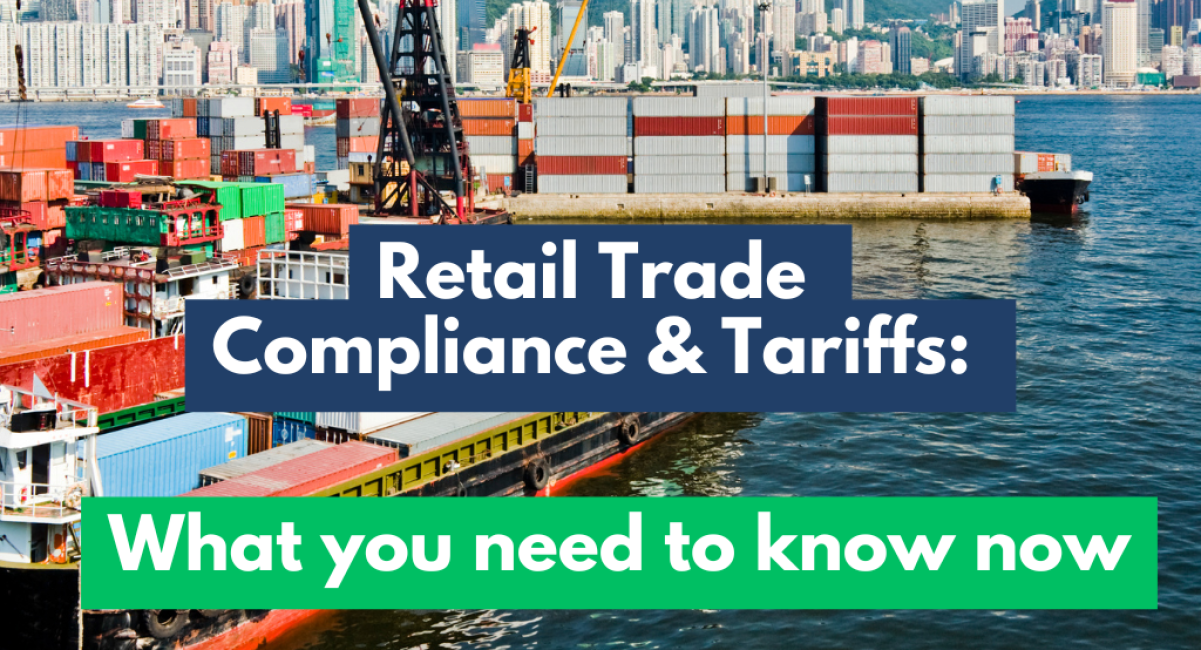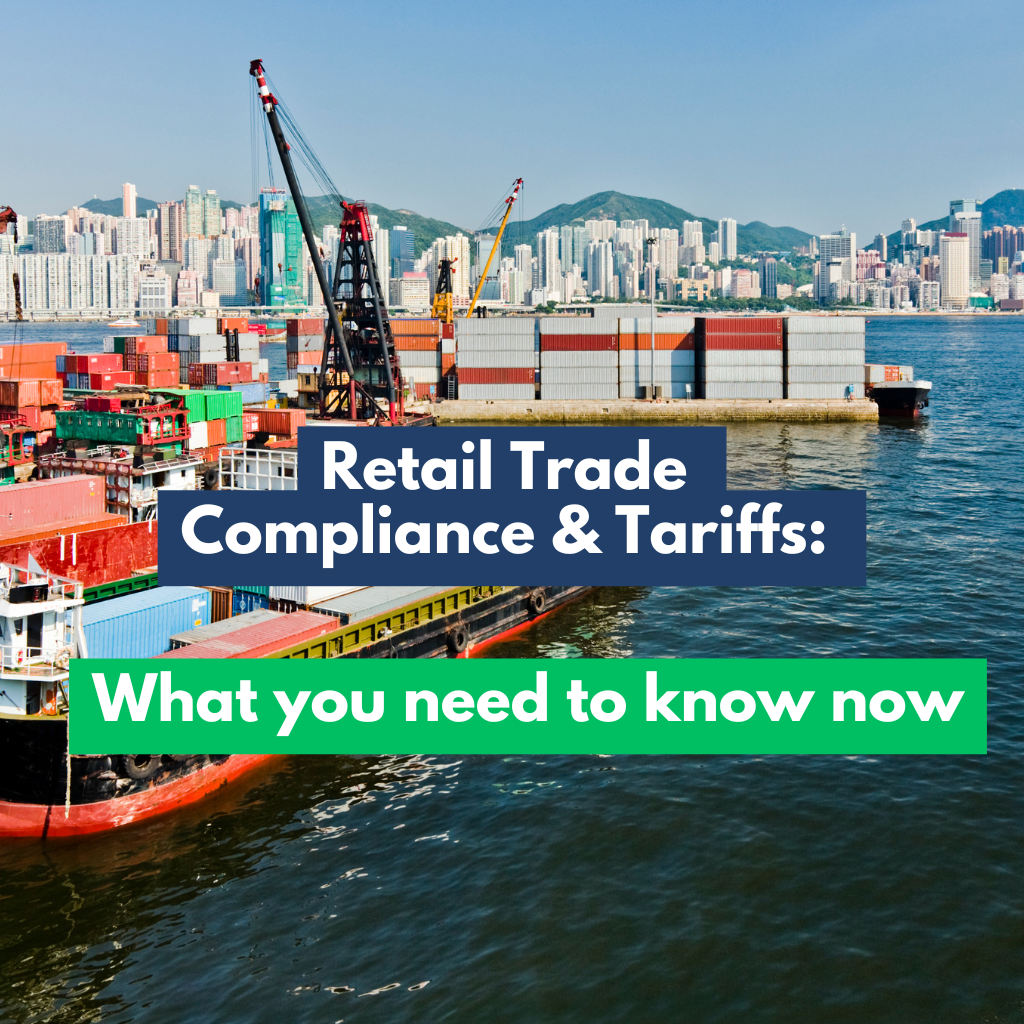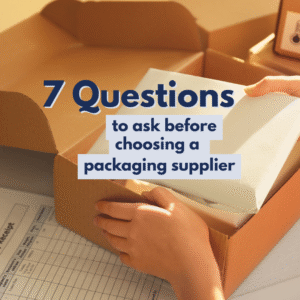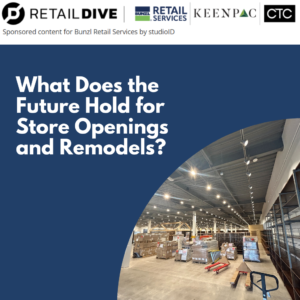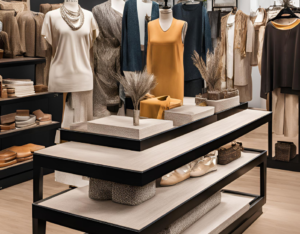How to Navigate the Shifting Retail Climate

In today’s rapidly shifting global landscape, navigating trade policies and tariffs can feel like trying to hit a moving target. For retailers, staying compliant while managing cost and supply chain pressures is more complex than ever. At Bunzl Retail Services, we understand the uncertainty that comes with these evolving regulations.
That’s why we’re sharing insights from Logan Frank, our Global Trade Compliance Manager, and offering practical guidance to help you make informed decisions, avoid costly missteps, and stay ahead in a turbulent environment.
What is the latest update on trade compliance and tariffs, as of June 2025?
Trade compliance is an especially challenging topic for the retail industry. Textile goods are subject to complex rules of origin and HS classification, while ESG concerns and forced labor legislation have had a particularly significant impact on the retail sector.
Amid the litany of challenges, the most topical is the reciprocal tariffs, which are based entirely on trade relationships and imbalances.
A significant amount of apparel is produced in South Asia and Southeast Asia, which have the most lopsided trade balances and thus substantial proposed tariffs, especially compared to other developing regions, such as Latin America.
Packaging and Store Supplies were traditionally easier to import categories, but are very reliant on China-based production, and were impacted by the tit-for-tat escalation between Washington and Beijing.
As of June 2025, there was a 90-day pause on tariffs across the board, including China, with only a 10% reciprocal tariff being paid currently.
But the impact on both retail apparel and retail non-merchandise categories is considerable.
What advice do you have for retailers during the shifting climate and constantly changing policies?
First, I would suggest continuing any efforts to improve supply chain resilience or locate sources in new countries.
Second, take some time to get organized and review your information and communication strategies.
With every announcement, there is so much news to digest, and a lot of speculation in between. Some questions to consider:
How is your organization strategically tracking the relevant information and diffusing this across functional areas so that all members of your team are on the same page?
How are you tracking price increase notifications and duty bills to ensure they are triggering the appropriate reviews and getting actioned?
How are retailers adapting? What should they keep in mind?
My recommendation is that with each decision that comes across your desk, retailers should think beyond the immediate dollar impact. Ask questions like:
How are you making your packaging supply program more resilient?
How are you minimizing the burden for your internal partners and equipping your leaders with the right information?
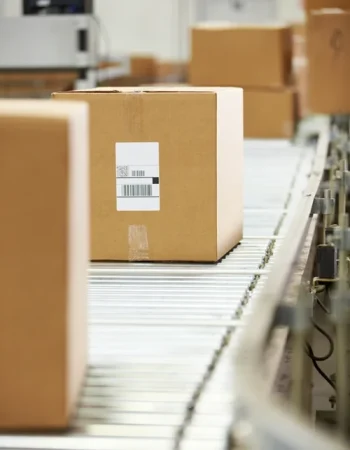
How do shifting trade policies impact the relationship between retailers and their suppliers, especially when things change unexpectedly?
When it comes to supplier relationships, I think the best advice is to return to our COVID mindsets. This is a supply chain disruption.
The relationships founded on close communication, transparency, and integration are going to go a long way. However, there may be external factors that simply make certain purchases untenable.
I would try to keep relationships alive while making a conscious effort to identify which of your suppliers are true “partners” that may help you find solutions to new challenges.
A supplier that offers helpful information, is committed to responsible sourcing, or is assisting in identifying alternative country sourcing should be especially valued.
How can a partner like Bunzl Retail Services help?
This type of shifting environment is really where an organization like Bunzl is built to shine.
We take compliance, ESG, and supply chain resilience very seriously. Not every company places as much emphasis on these, but when the storm hits, prioritizing these makes a difference.
BRS is able to provide the hands-on, customer-focused type of support that retailers need now more than ever, while leveraging the best practices and global intelligence that comes from being part of the Bunzl network.
We have boots on the ground in Asia, sourcing teams that know how to locate less well-known suppliers, and a global team of compliance professionals who can make sure that if we pivot to a new source that we don’t suddenly open up a new issue – such as forced labor, incorrect classification, antidumping, fraud, etc.
There has been a lot of talk within the trade compliance industry of bad actors who are engaging in questionable, and in some cases fraudulent, practices. There is much more incentive to do this given the tariff landscape.
You don’t want to jump out of the frying pan and into the fire.
We know how to root this out and have also invested in innovative new A.I. technology to bring a new level of visibility to our supply chain.
At the same time, we know how to engage in tariff engineering and utilize duty mitigation efforts to make sure that we minimize the impact of rising tariff rates wherever possible.
What do you foresee in the future of trade compliance in retail?
We are operating in an entirely new trade environment, which is becoming increasingly difficult. The mindset of a Trade Compliance program, or any Supply Chain professional, needs to adjust accordingly.
There are many new technological tools that Trade Compliance programs can make use of, but overall, I think that we need to think critically about how we account for risk, looking beyond the question of, “Did we submit the right data?”
Trade Compliance reporting should be a powerful tool for strategic insights that can allow decision makers to understand where they may be overly exposed and at risk.
We believe that the organizations that will thrive are those that develop a Trade Compliance strategy and ensure that these teams are well integrated with the various functional areas of their organization and included in the strategic planning process.
